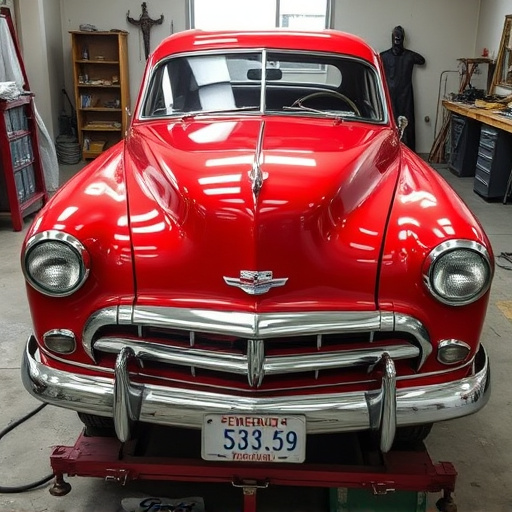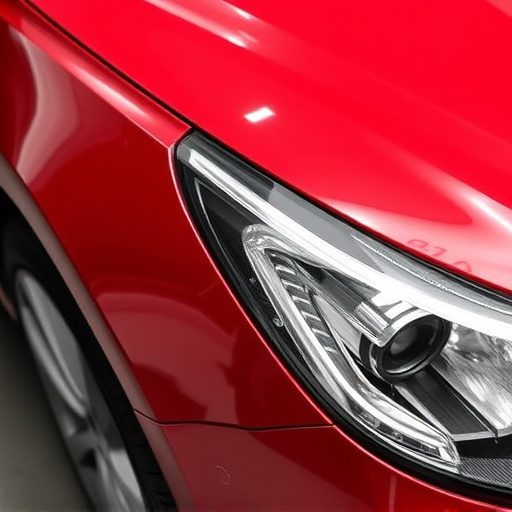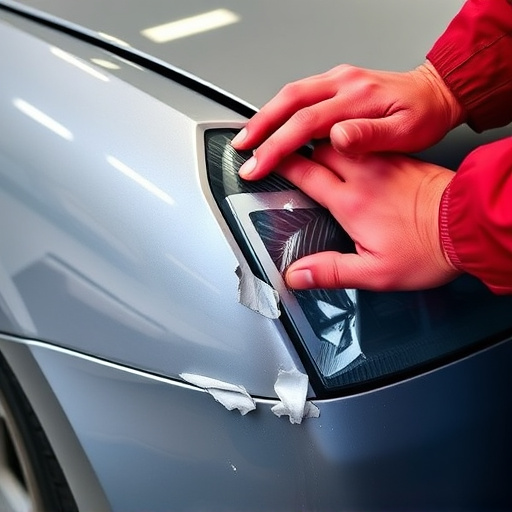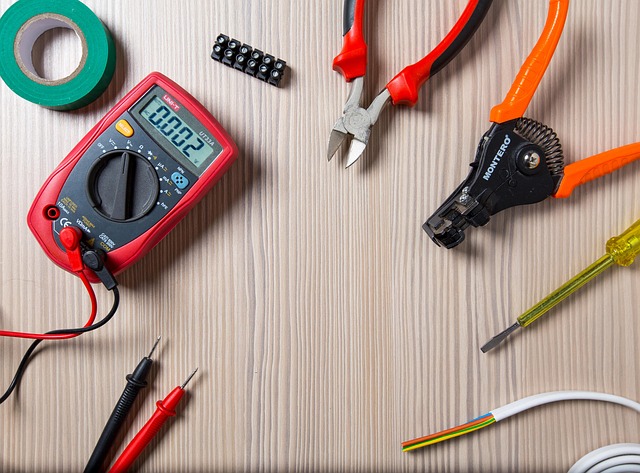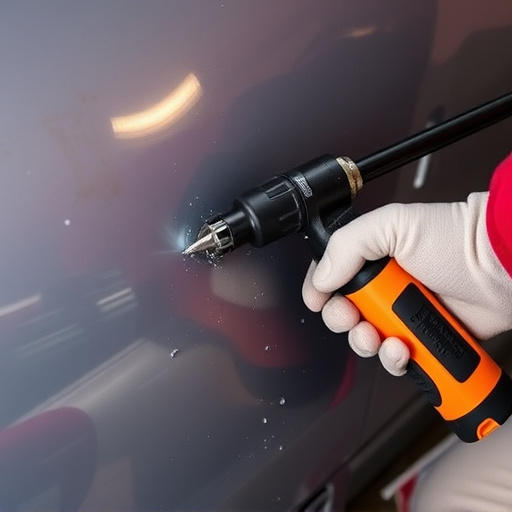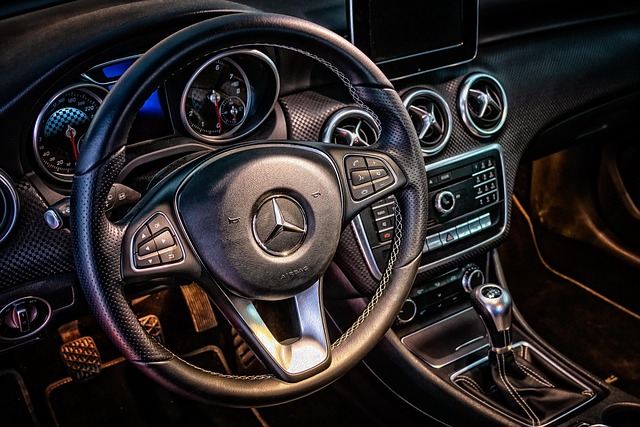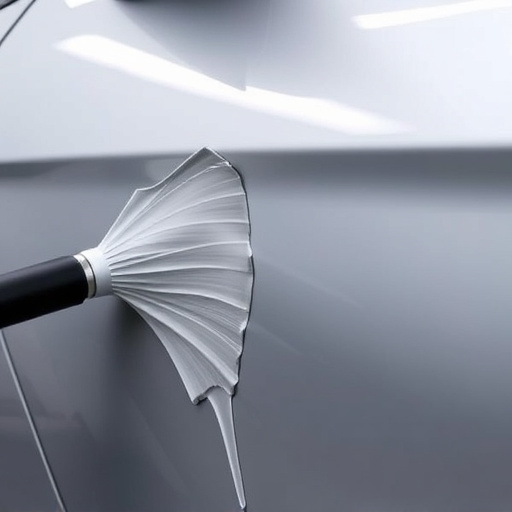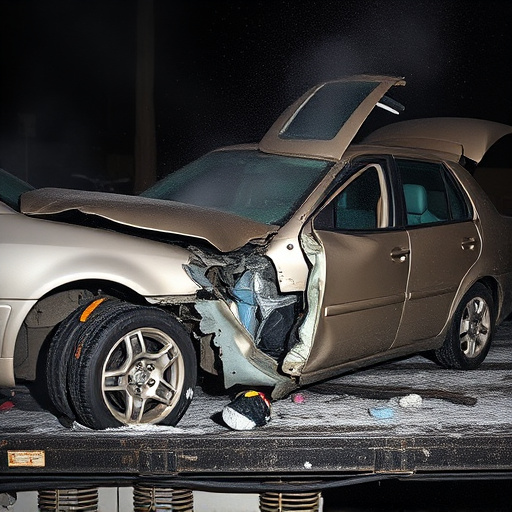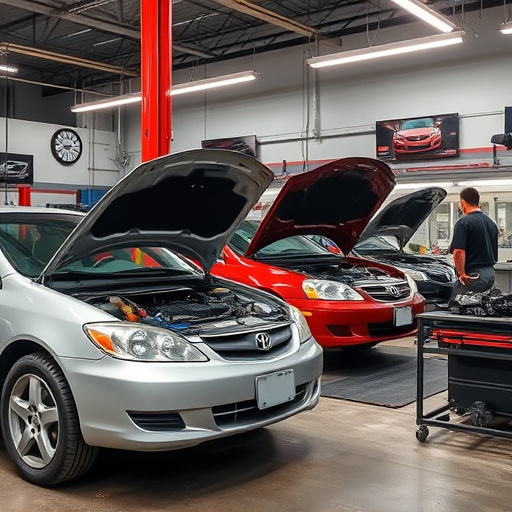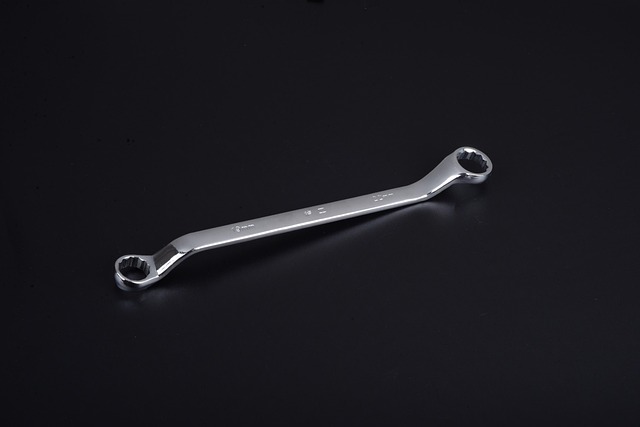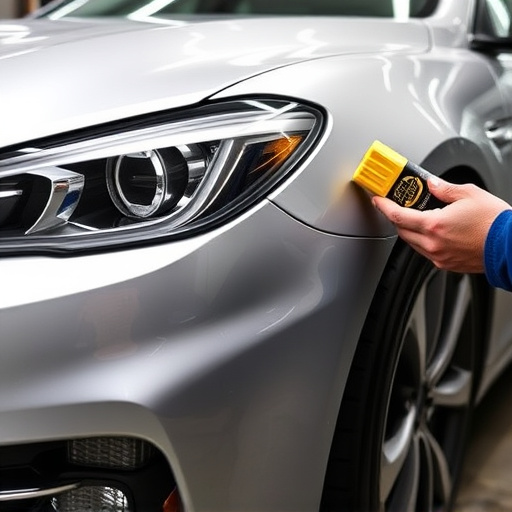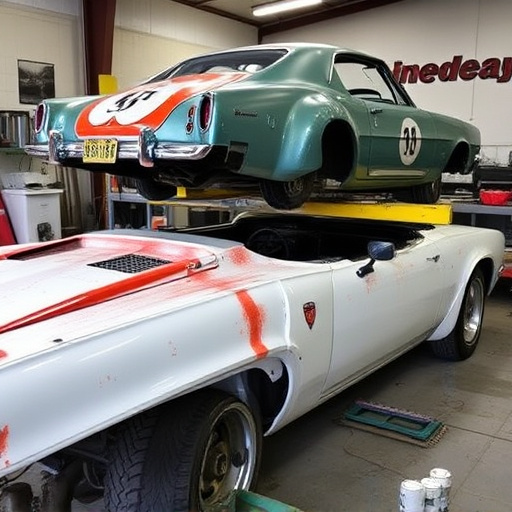Paintless dent repair (PDR) is a time-saving, cost-effective auto body restoration technique that avoids traditional replacement parts. Using specialized tools, technicians expertly manipulate damaged panels, reducing repair times significantly. Advanced equipment like air-driven dents pullers and vibrational machines, along with innovative methods like precision heating and cooling, expedite the process. In today's competitive market, minimizing PDR time through streamlined workflows, pre-organized tools, staff collaboration, and advanced technology is crucial for both shop efficiency and customer satisfaction.
Looking to cut down on your paintless dent repair (PDR) turnaround times? This comprehensive guide breaks down how to optimize the process, from understanding the science behind PDR to leveraging efficient tools and streamlining your workflow. Discover proven techniques to speed up repairs without compromising quality. Learn about specialized equipment, time-saving tips, and best practices that will transform your PDR process, making you more productive and competitive in the automotive repair industry.
- Understanding the Paintless Dent Repair Process
- Optimizing Tools and Techniques for Speed
- Streamlining Workflow to Reduce Turnaround Time
Understanding the Paintless Dent Repair Process

The paintless dent repair (PDR) process is a specialized technique used to restore damaged automotive bodies without traditional painting methods. It’s a highly effective and time-saving approach that has revolutionized auto collision and car body repair industries. PDR focuses on manipulating and realigning the dented panel, rather than replacing it entirely, significantly reducing paintless dent repair time compared to conventional repairs.
This non-invasive method involves several steps: first, technicians inspect the damage to assess its severity. Then, using specialized tools, they carefully extract the dent from behind the damaged panel. This process allows for precise adjustments and ensures that any original shape and contour are maintained. Once the dent is removed, the technician smooths and polishes the area until it’s seamless and invisible, effectively hiding any evidence of previous damage in what appears to be a regular car body repair.
Optimizing Tools and Techniques for Speed

In the realm of paintless dent repair (PDR), the tools and techniques employed play a pivotal role in dictating the speed and overall efficiency of the process. Utilizing advanced, specialized equipment can significantly streamline vehicle body repair, making it faster and more effective than traditional methods. For instance, modern PDR tools like air-driven dents pullers and vibrational machines can swiftly and precisely remove dents, reducing the time spent on each repair job. These tools are designed to handle a variety of dent sizes and shapes, ensuring adaptability for different vehicle models and damage types.
Furthermore, employing innovative techniques, such as precision heating and coolin,g can help in the restoration process. Heat application can make the dented area more pliable, while cooling accelerates the metal’s return to its original shape. This two-step approach not only expedites the repair but also ensures a more seamless finish. By combining high-tech tools with sophisticated methods, auto bodywork services can optimize their paintless dent repair time, catering to customers who value swift yet quality vehicle repair solutions.
Streamlining Workflow to Reduce Turnaround Time
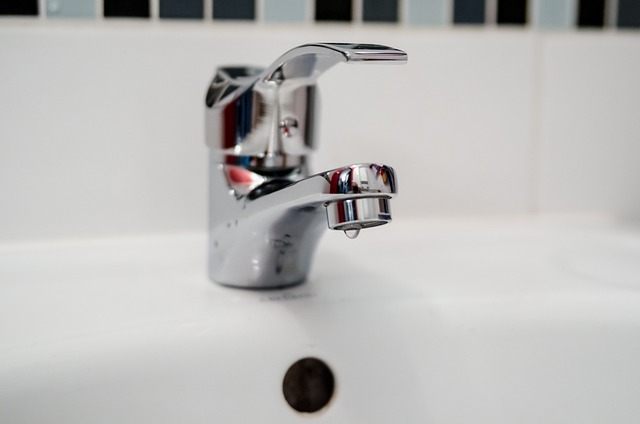
In the fast-paced world of automotive service, every minute counts. Streamlining the workflow in an automotive body shop is a key strategy to reduce paintless dent repair time without compromising quality. Efficient processes ensure that vehicles move through the shop faster, satisfying customers who value their time as much as their vehicles. Implementing simple yet effective changes, such as pre-organizing tools and materials for each job, can significantly cut down on preparation time.
Additionally, training staff to work in tandem where possible, with one technician focusing on removal while another prepares the surface for painting, enhances productivity. Utilizing advanced tools designed specifically for paintless dent repair can also speed up the process. These tools are engineered to handle complex dents more efficiently, minimizing the manual labor and time required, ultimately benefiting both the automotive body shop and its customers by reducing fender repair turnaround times.
Speeding up paintless dent repair time is achievable through a combination of understanding the process, utilizing optimized tools and techniques, and streamlining workflows. By delving into these strategies, professionals can enhance efficiency, reduce turnaround times, and offer faster services to their clients, ensuring satisfaction without compromising quality. In this competitive market, optimizing paintless dent repair processes is key to gaining an edge and staying ahead in the industry.
